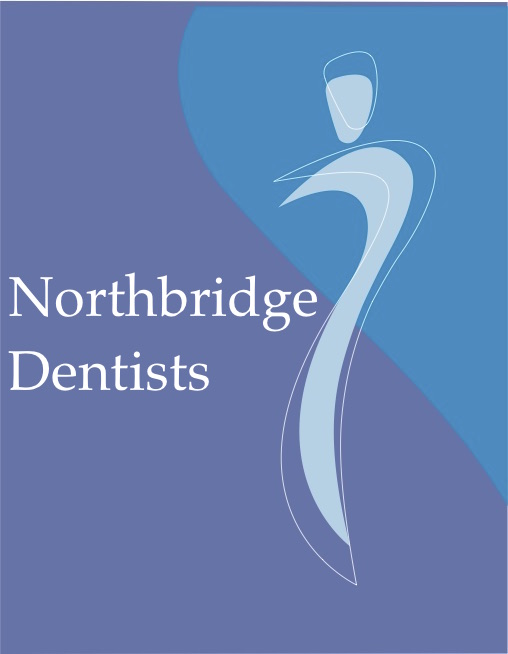Hidden Sugar in Common Australian Breakfast Cereals: What You Need to Know
Breakfast is often called the most important meal of the day, but not all breakfast choices are created equal. In Australia, cereals are a popular choice for their convenience and perceived health benefits. However, many cereals marketed as healthy are surprisingly high in hidden sugars, making it essential to read labels carefully and make informed choices.
Why Is Sugar in Cereals a Concern?
Excess sugar consumption is linked to a range of health issues, not limited to tooth decay of course but encompassing obesity, and an increased risk of chronic diseases such as type 2 diabetes and heart disease. For dental health, sugar feeds the bacteria in your mouth, leading to acid production that erodes enamel and causes cavities.
The Hidden Culprits in Your Bowl
Australian supermarket shelves are filled with cereals that appear healthy, with labels boasting "whole grains," "low fat," or "natural ingredients." But behind these claims can be high amounts of added sugar. Here are some common examples:
Granola and Muesli: Often marketed as nutritious, these cereals can contain up to 20g of sugar per 100g, especially if they include dried fruits or are honey-coated.
Kid-Friendly Cereals: Brands targeting children with colorful packaging and cartoon mascots are often the worst offenders, with sugar content sometimes exceeding 30g per 100g.
Flavored Oats: Instant oats with flavors like apple cinnamon or brown sugar often include added sugars that turn a wholesome breakfast into a dessert.
"Healthy" Cereals: Even cereals labeled as "natural" or "high in fiber," such as bran flakes or multigrain blends, can have hidden sugars in the form of syrups or concentrated fruit juices.
Decoding the Labels
When shopping for cereals, keep an eye on the Nutrition Information Panel (NIP) and Ingredients List:
Check the sugar content: Aim for cereals with less than 5g of sugar per 100g for a truly low-sugar option. For reference, Weet-Bix has 3.3g of sugar per 100g.
Look for hidden sugar names: Ingredients like sucrose, glucose, maltose, honey, agave nectar, and fruit juice concentrate are all forms of sugar.
Be mindful of serving sizes: The listed sugar content might seem low, but serving sizes are often smaller than what most people actually eat.
Healthier Alternatives
To reduce sugar intake while still enjoying your breakfast, try these options:
Plain Rolled Oats: Sweeten naturally with fresh fruit or a small drizzle of honey.
Weet-Bix or Whole Wheat Biscuits: These are typically lower in sugar and high in fiber.
Homemade Muesli: Mix unsweetened rolled oats, nuts, and seeds with a touch of fresh fruit.
Plain Greek Yogurt with Toppings: Add fresh fruit and a sprinkle of nuts or seeds for a balanced meal.
Tips for Protecting Your Teeth
If you’re indulging in a sugary cereal occasionally, follow these tips to protect your teeth:
Brush and floss regularly: Ensure you brush your teeth at least twice a day with fluoride toothpaste.
Drink water after meals: Water helps rinse away sugar and reduce acid levels in your mouth.
Chew sugar-free gum: Gum can stimulate saliva production, which neutralizes acid and protects enamel.
Final Thoughts
Hidden sugars in breakfast cereals can sabotage your dental and overall health, even in products that appear healthy. By understanding how to read labels and opting for lower-sugar alternatives, you can start your day with a smile—both figuratively and literally. Remember, a little awareness goes a long way in making healthier choices for you and your family.
Let’s keep breakfast delicious, nutritious, and smile-friendly!
Our poster in the reception area of our dental clinic has a great visual illustration of the sugar in some of our most popular breakfast cereals.



